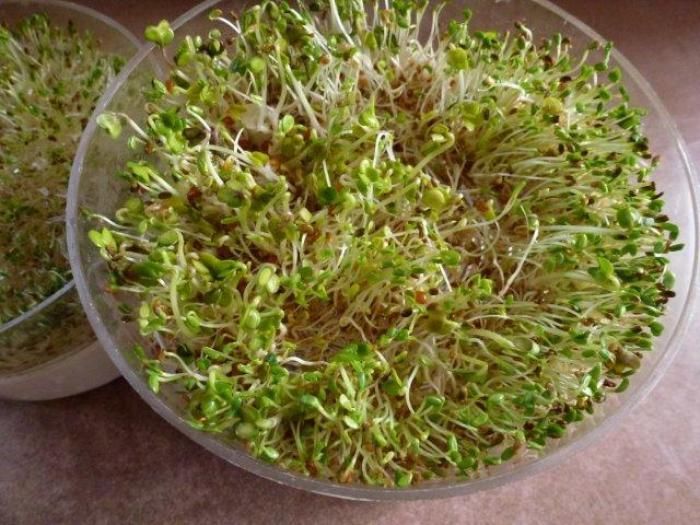
Okay so it is freezing outside–instead of getting the gardening blues–try growing a few simple healthy and nutritious foods right on your kitchen countertop… I’ve got sprouts sprouting and veggies fermenting! It is easy and fun to do these simple projects.
Sprouting sprouts is something I practice throughout the year, however I appreciate them most in the cold winter months when I can’t grow much outdoors. I have been growing sprouts for decades and have used a quart, canning jar with a piece of screen or cheesecloth over the opening. A few years back, I got a three-tier sprouter and I can grow three kinds of sprouts at the same time. It is near the sink so I think to water it a few times each day, and voila, fresh green sprouts in just two-to-three days! Although I like alfalfa and “mungo” beans, my favorite is the spicy radish and mustard mix, and of course, the sunflower seeds are so nutty-good. Lentils and broccoli are also tasty sprouts. This is so easy and the food is living and fresh; I encourage you to sprout too! You can use them to garnish just about anything–of course they are popular on sandwiches–though I like them in salads, on top of soups, curries, pasta, even pizza!
Fermentation is the latest buzzword in the food world… everything old is new again so the old adage goes… Fermented foods are so very good for us. As Sandor Katz succinctly puts it “The process of fermentation makes food more digestible and nutritious”. They are very simple to prepare and pleasing to the palate. Fermentation preserves food, which helps to prevent spoilage and retain nutrients making them more digestible. The live organisms in lacto-fermentation of vegetables produce alcohol, acetic and lactic acid, which aid in long-term preservation. And then there is the probiotic goodness, which aids in the healthy fauna and flora of our digestive tracts.
I’ve been studying the art of fermentation starting with sauerkraut and moved onto fermented hot peppers and vegetables, and am adding new foods to my repertoire as I expand my horizons. Here is a link to an easy recipe for sauerkraut (you do not have to use the whey at all and will still get an easy fermentation–that was just the first way I learned to do it). /item/12938/not-your-grandmas-sauerkraut
Presently, these are my three favorite books on fermentation–they have taught me all I know on the subject–other than personal experience!
The Art of Fermentation by Sandor Ellix Katz, Chelsea Green Publishing, 2012–this is a great book–the bible of fermentation–Sandor is the king of it.
wild fermentation by Sandor Ellix Katz, Chelsea Green Publishing, 2003–Sandor’s first book is basic and easy to use.
Fermented Vegetables by Kirsten K. Shockey and Christopher Shockey, Storey Publishing, 2014–inspirational and easy recipes, simple and down-to-earth explanation of “the science behind vegetable fermentation”–I have a whole list of recipes I want to try!
Well this blog has made me hungry–so I am going to go make the World’s Best Veggie Reuben with my own homemade sauerkraut–just thinking about it makes me salivate–here-s the recipe post: /item/60529/veggie-reuben
Meanwhile, here’s to Countertop Cultivation! Try it, you’ll like it.
Fine Gardening Recommended Products

A.M. Leonard Deluxe Soil Knife & Leather Sheath Combo
Fine Gardening receives a commission for items purchased through links on this site, including Amazon Associates and other affiliate advertising programs.

Ho-Mi Digger - Korean Triangle Blade
Fine Gardening receives a commission for items purchased through links on this site, including Amazon Associates and other affiliate advertising programs.


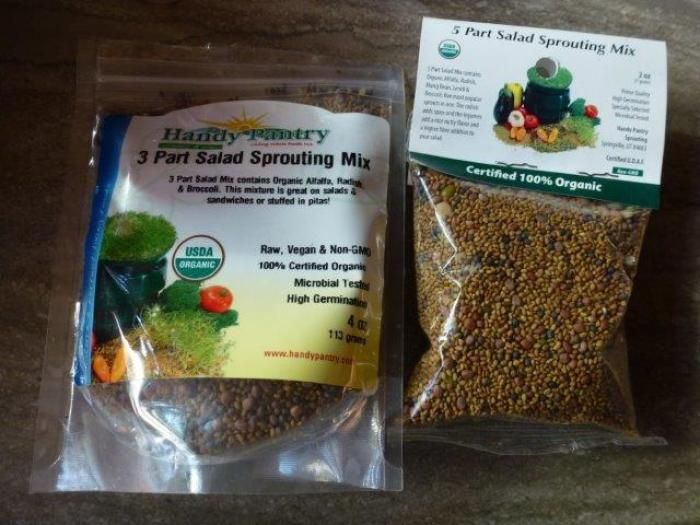
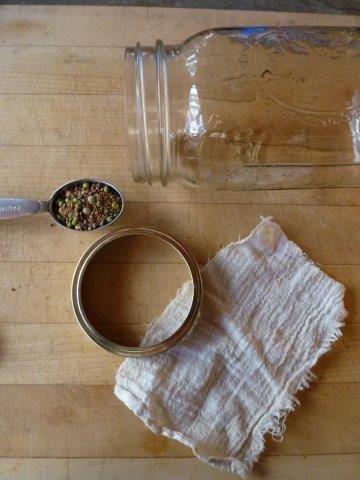
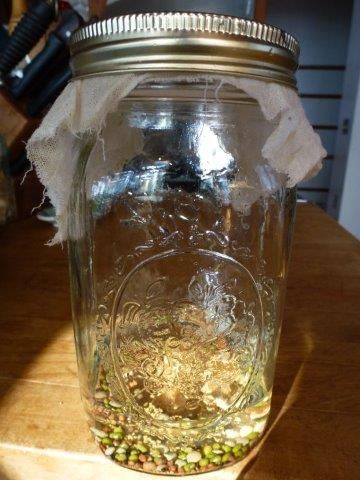


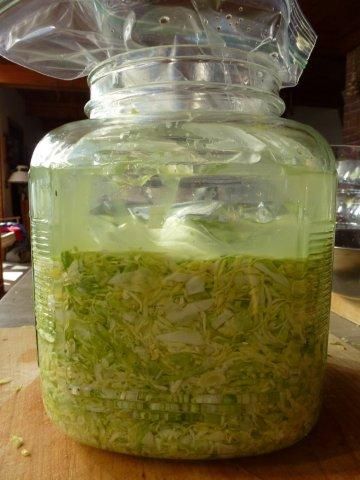
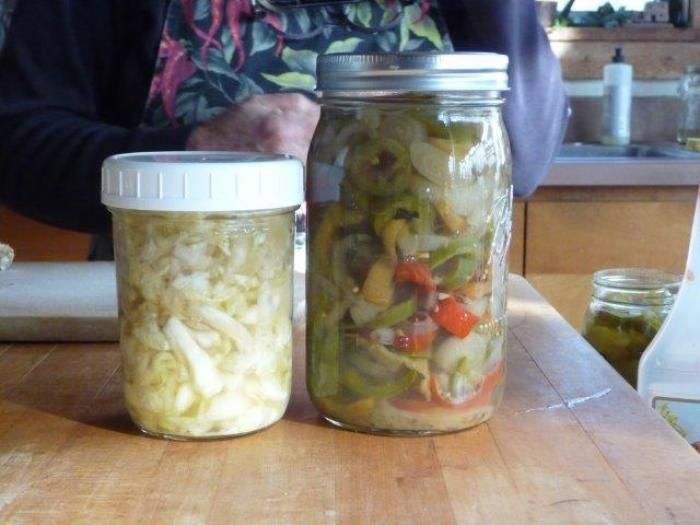
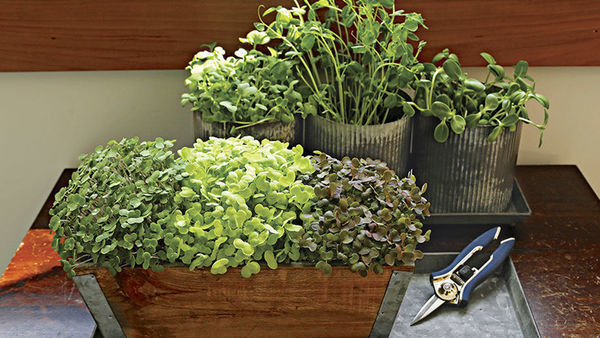




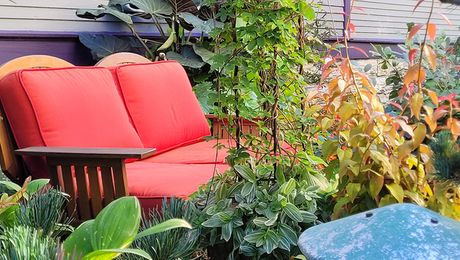











Comments
Log in or create an account to post a comment.
Sign up Log in